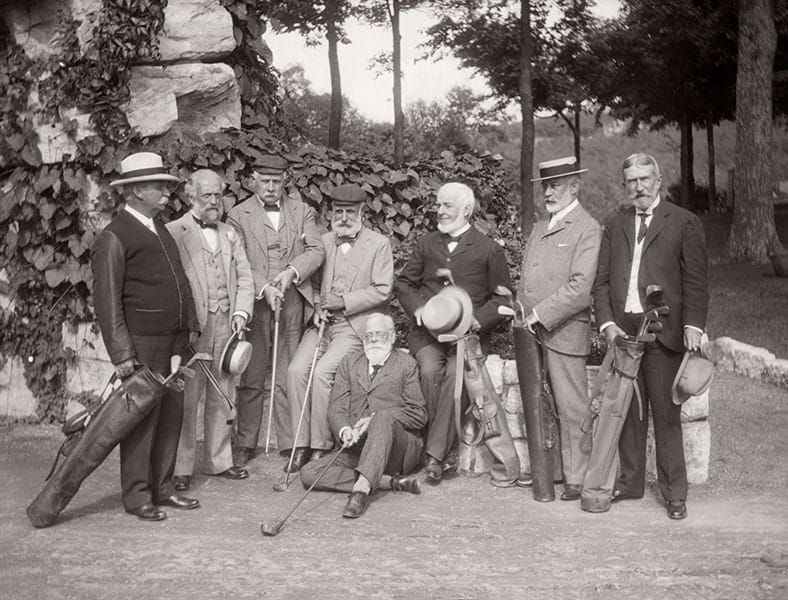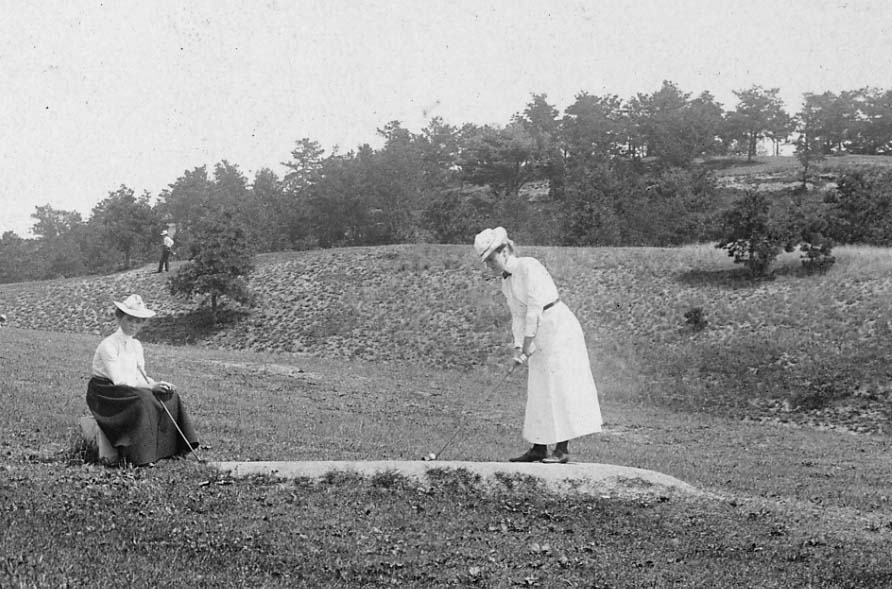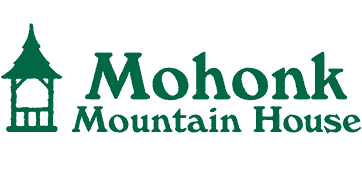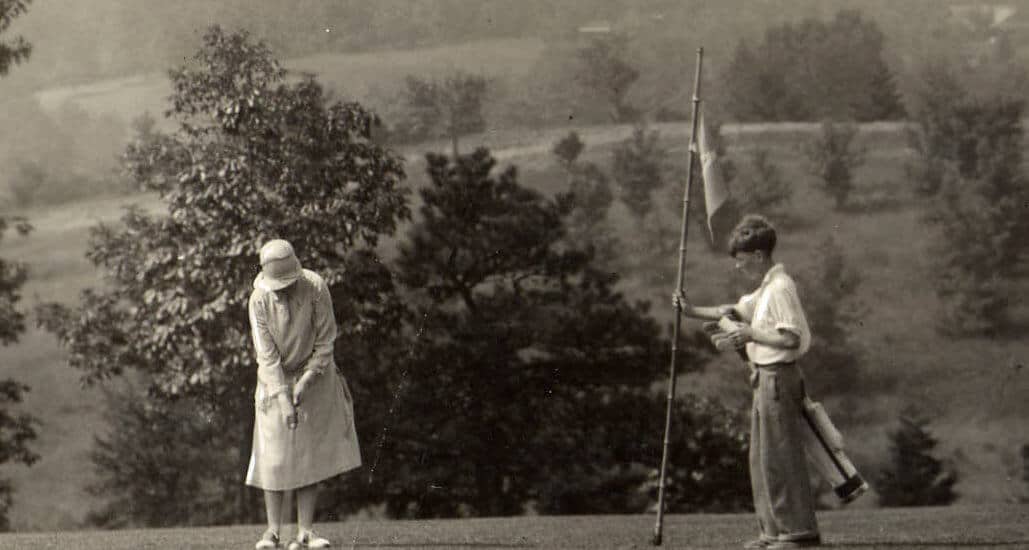Beginnings
In 1880, Albert K. Smiley bought 118 acres of land from Cornelius Lucy out at Mountain Rest across the “public road,” as Mountain Rest Road was then called. On the land was an apple orchard and a dairy farm. Albert built that farm up to the point where it became Mohonk’s most important one, with about 40 head of cattle and fields of grain and vegetables. It was called Mountain Rest Dairy Farm, supplying most of the milk and cream used in the dining rooms.
However, Albert was not a man to resist change; in fact, he loved new ideas and enthusiastically embraced new projects. At that time, golf was becoming really popular in the United States although it had been played in Scotland since the 15th century. One day, in the fall of 1896, Albert encountered two guests returning from a walk out to the Dairy Farm. They mentioned that they thought it would make a very good golf course. Albert thought this was a terrific suggestion and that same afternoon he, along with the two guests and an employee, marked out the first golf course with stakes. But that was the easy part. Next, the cattle, machinery and supplies had to be moved one and a half miles downhill to Spring Farm on what is now Mohonk Preserve land. Then trees had to be cleared, rocks and stumps blasted out, fences and stone walls removed, and the surface of the ground leveled. Lastly came the laying out of the greens and the fertilizing and seeding. The following summer a nine-hole course 1,600 yards in length was opened.

Redesign & Expansion
The layout of the course, referred to as the “golf links,” was quite different from what we know now. The distance between the first tee and the first green was actually bisected by the public road, with the first green approximately where the garages are now. There were other obstacles also. Players had to make their way through the remaining apple trees, even while picking was in progress. They also had to play around fields of hay, wheat, and rye. In 1900 the course was remodeled and expanded to 1,977 yards. Again, in 1911 the course was redesigned with the assistance of Robert D. Pryde, a golf coach at Yale University who was also a well known architect of golf courses, and this time it was lengthened to 2,350 yards. It’s not clear at what point the fields of grain disappeared, or the apple trees, although Tom Wright, our former Superintendent of Park and Grounds, thinks it quite possible that the large apple tree near the 9th hole could be one of the original ones from the Lucy farm.
A really radical change happened in 1925 when the course was expanded to 18 holes. Guests could play only the original nine holes if they wished or all 18. The holes were renumbered. Nine holes at the top of the mountain were referred to as the “Rest” course and the second none as the “Hillside” course. This name was quite apt since one had to tee off from Bonticou carriage road at the top of the hill down a very steep slope to a green approximately where Bonticou Lodge is now. That hole was appropriately named “Down.” The next hole, which was even lower, was called “Way down.”

Hillside Course
Considering that it was necessary to walk the course in the days before golf carts made their appearance, it is easy to understand why the Hillside course was never popular with golfers or their caddies. In fact, that first fairway was so steep that in 1963 it was transformed from a fairway to a ski slope with four rope tows!
According to Gerow Smiley, the Hillside course had deteriorated very badly from neglect by that time. The greens were overgrown and weedy and he was put to work rejuvenating the ones that did not utilize the ski slope. At the same time, Bonticou Lodge was built. It opened in 1964 and was intended for use by both golfers and skiers.
The rejuvenated holes were presented as a brand new course, called the “Bonticou” course, and it officially open on June 4, 1965. However, that approach did not work either. Golf carts were now used on the upper course and guests simply did not want to make the effort to use the lower course, so it was permanently closed in 1968. Traces of the lower set of greens can still be seen if you know where to look. The Bonticou Ski Area did not fare so well either because it got too much sun during the morning hours. It closed in 1973.
FORE! Did you know that complimentary greens fees are included in your stay? And if you’re just planning to visit for the day, enjoy a round of golf with our fall coupons!

